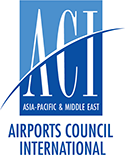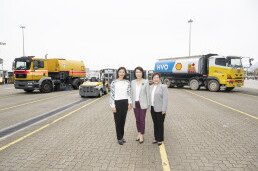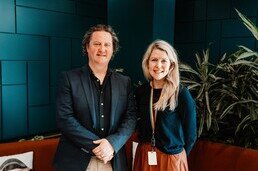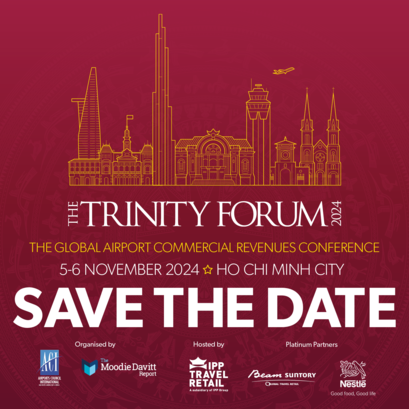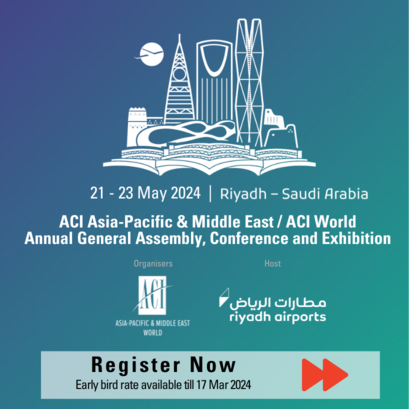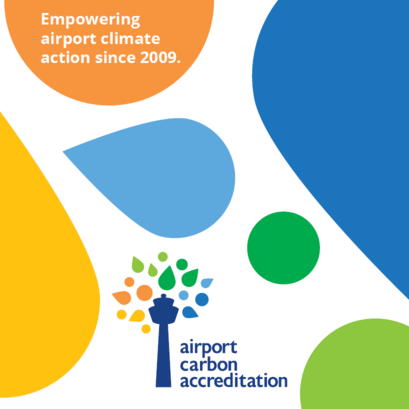
Wellington Airport Asks Airways to Develop Alternative Options for Northern Flight Paths
- 2024-04-10
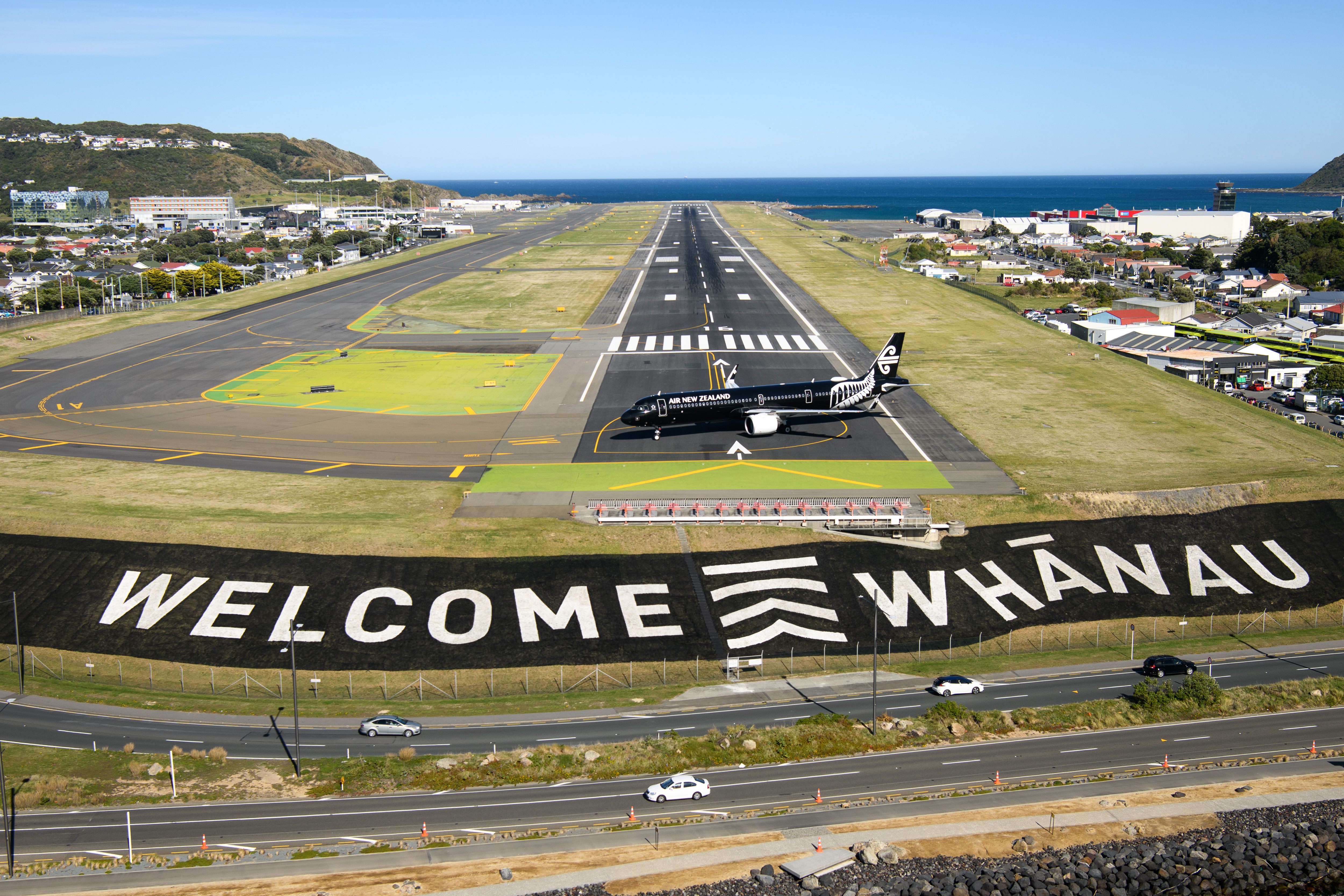
Public consultation will be held this year over potential alternative flight path options for northerly jet departures from Wellington Airport.
This follows changes to flight paths recommended by Airways New Zealand in December 2022 as part of a new system called the Divergent Missed Approach Protection System (DMAPS).
DMAPs was initiated and developed by Airways, New Zealand’s air navigation service provider, and approved by Wellington Airport. As a result, it has improved the safety, sustainability and efficiency of aircraft operations from Wellington Airport.
While the changes have led to reduced noise impacts for some residents, others have experienced more of a noise impact than expected. In general, it has meant fewer departures over Newlands and more over Khandallah and Broadmeadows.
The potential options to be consulted on will include:
1) Changing the northerly route for jet departures before 7am to fly over less populated areas.
2) Reverting to the northerly route for jet departures used prior to December 2022.
3) Maintaining the status quo.
Wellington Airport’s General Manager Corporate Affairs Jenna Raeburn says:
“We’ve listened to public feedback and as a result we’ve asked Airways to look at this again and develop alternative options.
“Each option will have different benefits and drawbacks. It is unavoidable that aircraft will fly over residential areas under each option.
“The timing of any final change is still to be confirmed and will depend on which option is selected following consultation.”
Before public consultation begins work is required to:
• allow Airways to design the potential alternative route
• identify any properties that might be affected by this alternative route
• carry out noise modelling
• arrange noise monitors
“Consultation will involve all affected local communities and other stakeholders including airlines.
“We will move as quickly as possible and keep the community informed on next steps.
“Timing is dependent on technical input from Airways, who are responsible for designing and implementing flight path changes.”
Further information
What exactly is DMAPs and why was it recommended by Airways?
DMAPs introduces a greater divergence between departure aircraft flight paths, and arrival go-around/missed approach flightpaths when the initial approach to land is abandoned for safety reasons.
This enables gaps between arrivals to be reduced, while still enabling a departure to safely get airborne between arrivals - without the need for large passenger aircraft to manoeuvre visually in the event of a go-around or missed approach.
In practice this increases capacity for arrivals and reduces holding time in the air, resulting in reduced flight times, fuel burn and CO2 emissions.
Which areas has it applied to?
In general, DMAPs has meant jet aircraft departing in a northerly wind track slightly further west than before. In practice this has meant fewer departures over Newlands and more over Khandallah and Broadmeadows.
Why don’t planes just take off and land to the south all the time, or over the harbour?
Aircraft are required to take off and land into the wind to increase wind flow over the wings (take-off) and reduce required speed (landing).
Aircraft taking off and landing to the north already overfly Wellington Harbour but inevitably have to overfly land at some point.
Have flight paths changed for arriving aircraft?
No, this has not changed for several years. DMAPs only applies to jet aircraft departing to the north when there is a northerly wind.
Why can’t all aircraft fly over less populated areas rather than just before 7am?
Taking this indirect route isn’t possible for all flights after 7am for safety, efficiency and environmental reasons.
This proposed route could work before 7am given there are no arrivals before then, but after that time the airspace becomes busier and more complex.
Flying longer, more indirect routes would also extend flight times, meaning increased fuel burn, cost and emissions – especially if this was required over all residential areas. Aircraft are allowed to fly over residential areas for this reason.
Why wasn’t there public consultation on the December 2022 changes?
Wellington Airport is required to manage noise within its air noise boundaries which only extend to surrounding neighbourhoods – not the northern suburbs. It was determined that DMAPs would have no impact on these, which is technically the end of Wellington Airport’s responsibilities.
However, the airport went above and beyond their requirements by installing a noise monitor and commissioning experts to carry out a preliminary noise assessment. This found that while the change would be noticeable to some residents, it would be within reasonable limits.
It was also determined that aircraft would not be flying in areas they hadn’t previously – i.e. planes have always overflown the northern suburbs to an extent.
Based on this information and responsibilities, public consultation wasn’t considered necessary.
What has been the public feedback?
A number of residents in the northern suburbs, particularly Khandallah and Broadmeadows, have told us the noise has impacted them. The 6am departures have been highlighted as the most noticeable.
This feedback is not universal however and other residents in adjacent homes have told us they have not noticed or minded the changes.
The resident group Plane Sense has been regularly communicating with Airways and Wellington Airport, and in response we installed further noise monitoring and modelling in 2023. Temporary noise monitors were placed in Khandallah, Johnsonville, Broadmeadows and Ngaio to record data on aircraft noise levels.
Who will run the consultation?
Wellington Airport will lead the consultation with technical support from Airways.
